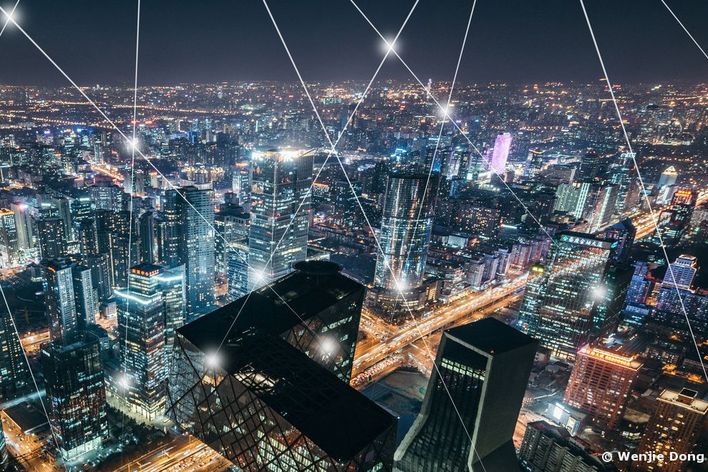Today, EUV lithography is widely regarded as the enabler of future chip manufacturing. Have things always looked this bright?
Extreme ultraviolet lithography has been in development for over 20 years and it’s been a tricky technology to master. ASML, its customers, suppliers and partner research institutes have all worked together to bridge the gap between understanding the fundamental physics of EUV lithography and engineering an industrialized EUV machine that is ready for high-volume chip manufacturing. The technology really turned the corner in 2016 when we demonstrated the productivity and performance requirements that our customers had laid out for us.
What are those requirements?
We have worked tirelessly on requirements like reliability, uptime and cleanliness but, when it comes down to it, the number one requirement is that the lithography system is able to produce 125 wafers per hour. That’s the magic number for cost efficiency in chip manufacturing. One of the enablers for that productivity has been source power, where we’ve worked together with TRUMPF toward getting a stable 250 watts.
How did you manage to get that source power?
Specifically, with TRUMPF, we worked at lightning speed to develop a module that completely isolates the seed module from the four amplifying CO2 lasers. Together, we got the whole thing ready from prototype to industrialized module in just nine months. As a result, the Seed Isolation Module significantly increases the stability of the laser beam in our highly complex system and contributes to the consistent EUV performance we need. TRUMPF sent the new module from Germany to our lab in San Diego just before Christmas last year. We were able to demonstrate the module’s success both in the lab and in front of our customers. It’s a Christmas present to be proud of for everyone involved!
Have you made any other improvements to your EUV system?
We have managed to steadily improve the availability and reliability of the system as a whole. We have a new-generation droplet generator with much shorter maintenance times. We’ve also incorporated a highly advanced temperature management system in the droplet hamber, combined with a sophisticated hydrogen flow system that prevents particles of tin from hitting the laser optics and impairing the system’s performance. All in all, that is steadily increasing uptime to 90 percent.

How EUV lithography works: The machine drops 50,000 tiny droplets (1) of tin per second through a vacuum chamber. A CO2 laser pulse (2) hits each droplet and turns it into plasma (3). That produces EUV light, which is then reflected (4) onto the wafer.
The semiconductor industry has spent many years searching for a suitable method of printing even smaller features on silicon wafers. Smaller features mean you can pack more power into the same-sized chip. Dutch lithography company ASML and its German partners Zeiss and TRUMPF worked together to harness extreme ultraviolet (EUV) light with a wavelength of 13.5 nanometers for use in semiconductor lithography. The lithography system is an engineering marvel and offers the world's top chipmakers a cost-effective technology to continue to shrink chips.
Headquartered in the Netherlands, ASML is the world's largest manufacturer of photolithography systems for the semiconductor industry.
When are we likely to see the first high-performance smartphones with chips made using EUV?
There are currently 22 EUV systems in chip factories around the world, and we have another 28 systems on order from six customers. These orders show that chip-makers are committed to taking EUV into production at the end of this year. In terms of smartphones, that means you could be buying one with an EUV-enabled chip as early as 2019.





